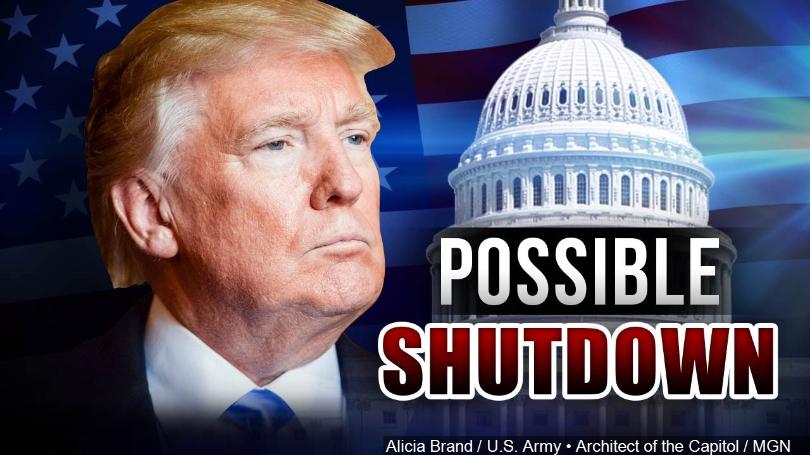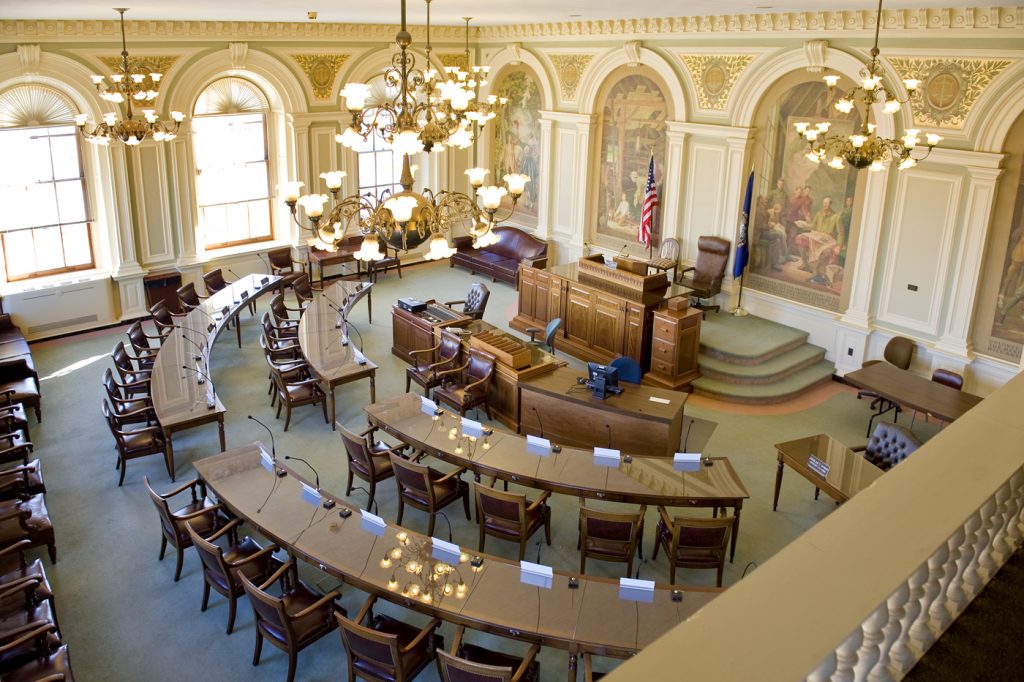
All eyes and hype are focused on the November 2018 mid-term elections. Because in 127 special elections held in 28 states since President Trump’s inauguration Democrats have outperformed Republicans, meaning there is a real possibility that one or both Houses of Congress could flip to Democratic Party control. Obviously, a flip of control in one or both houses would mean significant policy change, but there is another place where change, consequence, and mortality reside. It has as much and in some instances, more of a direct impact on American life than either House of Congress will ever have!
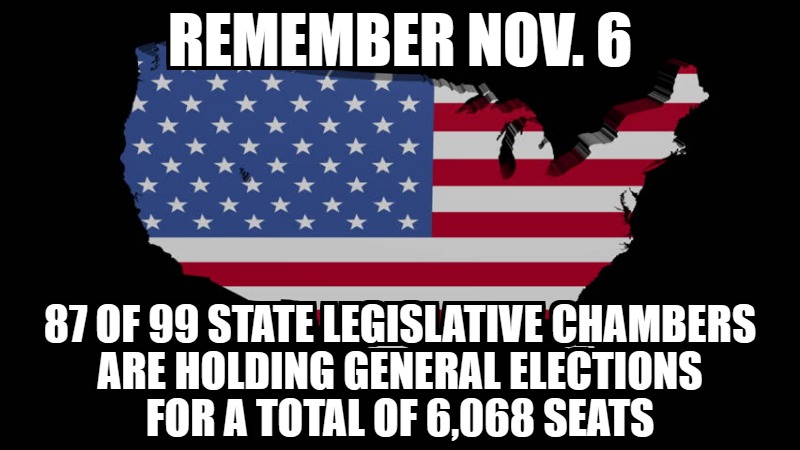
The other place where change, consequence, and mortality reside is in state legislative chambers throughout America. In November 2018, legislative races in 46 states (88 legislative chambers) will be held. A total of 6,068 seats are up for regularly scheduled elections, representing 82 percent of the nation’s 7,383 legislative seats. Political party control of state legislatures is important to both Democrats and Republicans for the following 5 reasons:
1) State laws get passed and impact daily life. The gridlock in Congress we see playing out in Washington D.C. does not occur in state legislatures. In 2017 the 115th Congress enacted a total of 97 laws last year, the fourth-fewest for the first calendar year of a congressional session in the past three decades. That was 18 fewer than in 2015, the first year of the 114th Congress when Democrat Barack Obama was President and Republicans ran both the House and Senate. The current Congress also enacted the sixth-fewest substantive laws (83) in its first year, six fewer than in 2015. Substantive laws are any legislation that does not rename buildings, award medals, commemorate historic events or take other purely ceremonial actions.

State legislatures are taking the lead on passing substantive laws such as abortion, transgender rights, higher education funding, K-12 testing, public sector unions and legalizing marijuana. True legislative innovation is happening in the states.

2) State laws are contagious. Laws that are passed in one state very often spread to other states. Political groups are aware of this and have incorporated this contagion as part of their lobbying strategy. An example of this is the American Legislative Exchange Council (ALEC), it authored voter suppression laws that spread through Texas, Wisconsin, and Florida impacting the outcomes of some 2012 elections. An abortion law that greatly limits access to abortion by requiring providers to have admittance privileges at nearby hospitals spread between Alabama, Mississippi, Texas, and Louisiana.

HBO’s Last Week Tonight John Oliver made the case for why our local elections are just as important. According to him while Congress has been stuck in partisan gridlock as one of the least productive in history, state legislatures have been passing bills by the thousands, including important laws about abortion, gay marriage, and other issues
3) State laws often become national laws. State laws are strong test cases and examples of how well or bad a new law can impact society. The best illustration of how this can work is the Affordable Care Act (ACA). The ACA was modeled on the state of Massachusetts health care reform of 2006. The law mandated that nearly every resident of Massachusetts obtain a minimum level of insurance coverage, it provided free health care insurance for residents earning less than 150% of the federal poverty level (FPL) and mandated employers with more than 10 “full-time” employees to provide healthcare insurance. The same experts who designed the Massachusetts healthcare reform also designed the ACA.
4) State leaders often become national leaders. The people we elect to state office often become the candidates who run for national office. 22 previous presidents started their political careers as a state legislator. In our current Congress, 44 Senators and 220 House members formerly served as state legislators. Elected and appointed state officials provide a pipeline of experienced and credentialed candidates for national office.

Citizens should do more than just vote, they should also be prepared to serve as local and state office holders where the real day to day life impact action is
5) Most state legislatures draw congressional district lines. In 37 states their legislatures are in charge of drawing congressional district lines. In these states, the political party in power gets to re-draw both state and congressional voting district lines at least once per decade. If the lines are manipulated for political purposes a process called gerrymandering can result in one party controlling a disproportionate number of seats. Redistricting will occur again in 2021 after the 2020 census. Right now the GOP controls 67 out of 99 legislative chambers and controls both chambers in 32 states. In order for Democrats to effectively compete, they must win back state chambers and enact fairer redistricting in order to gain power in both the state legislatures and Congress.
Republicans seem to understand the power of state legislatures better than Democrats. In 2010 Republicans created the Redistricting Majority Project (REDMAP) with the goal of flipping Democratic-controlled state legislatures to Republican control. Its first year was very successful flipping 19 legislative chambers from Democratic to Republican. Gaining control of state legislatures was done for the sole purpose of enabling Republicans to gerrymander state legislative and congressional districts. Republicans were so successful at gerrymandering congressional districts in 2016 that despite a 1% difference in total votes cast for all congressional house seats, Republicans (63,164,365) and Democrats (61,750,858), Republicans won 10% more or 21 more House seats than Democrats. Democrats were late to the game of concentrating on state legislatures, but in 2014 they formed the State Innovation Exchange (SiX) to flip Republican legislatures to Democratic.

In 2016, voters in nearly 42 percent of the country’s state legislative elections were not given a choice between a Democratic and Republican candidate, meaning these elections were decided before they were even held.
Because the current gridlock in Washington has produced the least productive Congress in 50 years, the nation’s state legislatures are the new drivers of public policy. It’s the states that have been on the front line of policy debates and legal battles over immigration, healthcare, abortion, and voter suppression and ID laws.
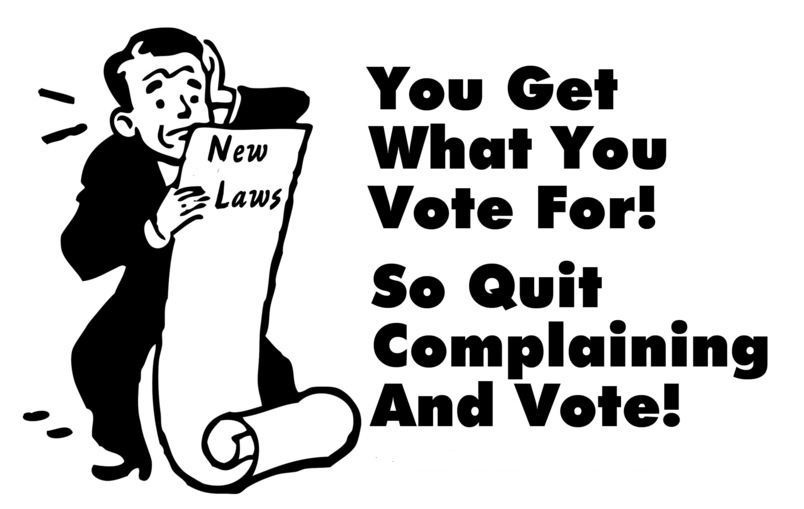
Partisan pundits, Democrats, Republicans and the media, both mainstream and non-mainstream, are all focused on the 535 people who serve in both Houses of Congress. Average American citizens need to pay attention to the 535 and stay abreast of what they do, but are better served by focusing like a laser beam on the 7,383 people who serve in another place where change, consequence, and mortality are debated, amended and enacted, STATE LEGISLATURES!
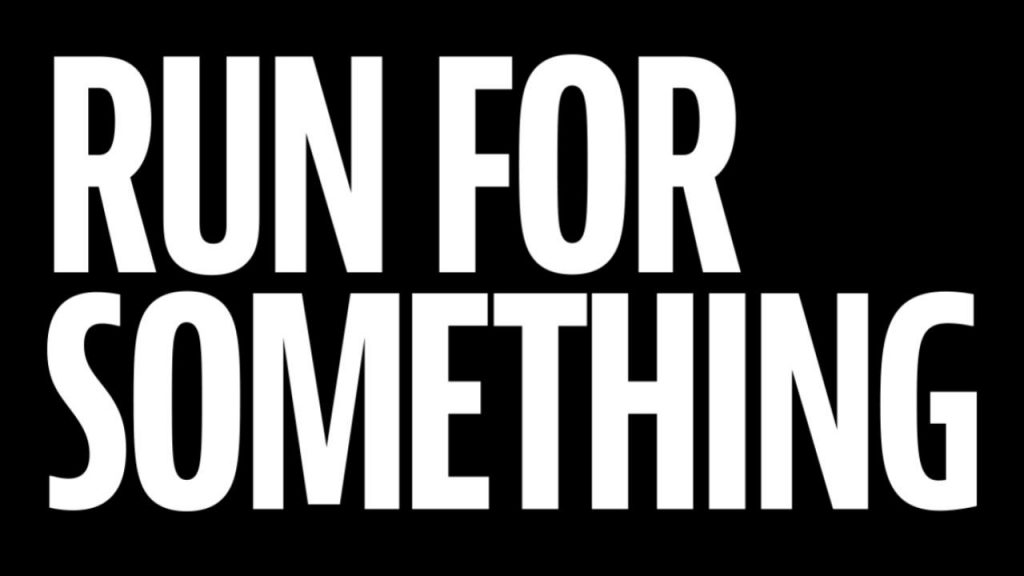
Click here for resources to help you become a candidate for local or state office



